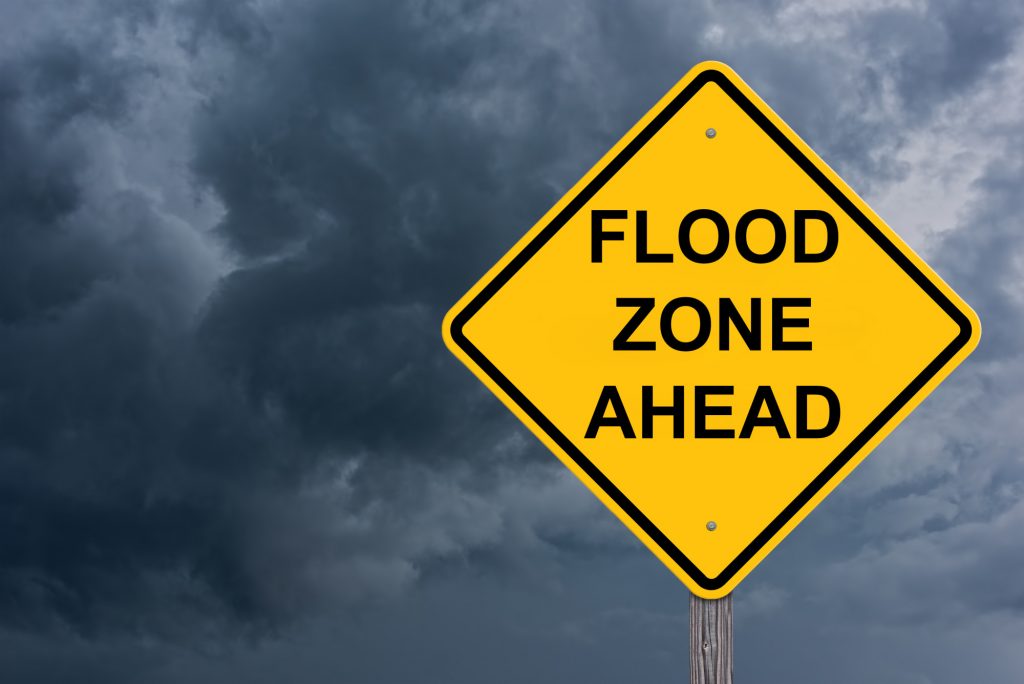Around 15 million homes are at risk of flooding to some degree. If this little statistic makes you as worried about your house as it does us, you can see how at-risk you are on a flood zone map.
There are three types of zones, moderate to low, high, and undetermined. If you live in a coastal region, you’ve got some special zone regulations to worry about.
Do you need some help navigating your way around the map? We understand that. It can be pretty confusing to read if you don’t know what you’re looking at.
Check out this guide to determine if buying flood insurance is necessary to keep you and your loved ones safe.
What Is a Flood Zone?
Flood maps show your community’s risk of experiencing a flood. If you’re in dangerous flood zones, it’s a requirement for you to open a separate insurance policy because your regular homeowner coverage won’t take care of it. You can go here to learn more about State Farm insurance and how to save money on your policy.
We will let you in on a little secret. Every home is at risk of flooding to some degree. Even if your home is only in a moderate zone, it still might be worth it for you to open a policy.
Moderate to Low Risk
If you live in a moderate to low-risk zone, your mortgage company won’t require you to open a flood insurance policy. Again, it’s still not a bad idea to look into it. Having it will give you a little peace of mind.
B, C, and X are the designations on the flood map in this category. If you live in a B area, that means your home has a moderate chance of flooding every 500 years or so.
C areas have the same chance of flooding as the B ones. The reason it’s in its own designation is that these areas also have drainage problems.
X zones are the safest areas that you can live in. These destinations only risk flooding every 500 years, and they have a plan in place for it. Most of the time, this is in the form of a dam or levee.
High Risk
If you live in a high-risk area, you have to get flood insurance. You won’t be able to take out a mortgage on a house otherwise.
There are a lot of designations under the high-risk category. The first one is A.
If you live in an A zone, there’s a 25 percent chance that your house will flood at some point during the length of your mortgage. These areas have a 1 percent possibility of flooding every single year.
AO zones have a small body of water designation attached to them. They have a slight chance to experience up to 3 feet of flood water annually.
AH areas have the same stipulations as AO zones. The difference is that they have a large body of water designation.
Flood zones A1-A30 have a base flood elevation and have a 1 percent chance of flooding each year. The AE zone designation is beginning to slowly replace A1-A30.
If you live in an AR flood zone, it means a dam or levee system is being built in your area. You’ll only need to have insurance temporarily because your home will only be vulnerable to flood during the course of the construction.
The last designation in the high-risk category is A99. Once the dam or levee is completed, your area will bump up to this designation. Your area could still flood, but there are protections in place.
Coastal Areas
Coastal areas are high-risk zones that have some of their own special designations. The first one is V.
If you live in a V zone, your home has a 1 percent chance of flooding every year with an added risk from storms. There’s over a 25 percent possibility that your home will flood during the length of your mortgage.
The second designation is VE. You’ll have the same kind of risk as you do if you live in a V zone with some added protection from the dunes on the beach.
If your home is in a V1-V30 area, it means that high winds from storms have the potential to increase flood damage dealt to your property.
Undetermined Risk
All undetermined zones carry a D designation. Undetermined doesn’t mean safe. It only means that nobody has mapped the area for flood vulnerabilities as of yet.
Most of the time, the reason these areas haven’t been mapped is that they aren’t highly populated or developed.
If you live in a D zone, you may get lucky and never experience a flood, but that’s not a risk that you should take. It’s recommended to prepare for the unknown by taking out a flood insurance policy. That being said, it’s not required.
How Does Flood Insurance Work?
You can get coverage through your current insurance company or go through the NFIP. The National Flood Insurance Program offers affordable rates for both home and business owners, but it’s not available in all areas.
Once you open your policy, it will cover your home and anything inside it within reason. If it’s determined that you caused the flood yourself, your policy won’t kick in.
Know Your Flood Zone
Every year, storms and other disasters cause homes to flood. If you don’t live in a high-risk area, you’re not required to get insurance, but it’s still recommended.
Even if you live in a moderate or low flood zone, your home still has a small chance to go underwater. It’s better to be over-prepared than under. Talk to your provider today.
Are you looking for all the latest news on flood and insurance? Visit the lifestyle section of our blog.

